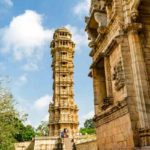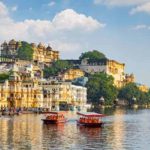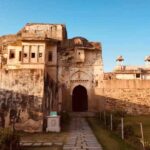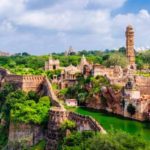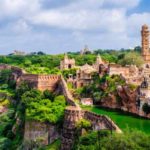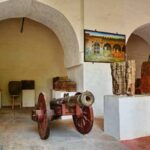Rana Kumbha Palace is one of the major attractions located within the Chittorgarh Fort near Vijaya Stambha. Originally the palace was built by Bappa Rawal in 734 AD and later it was rebuilt by Maharana Kumbha. As per the historians, the palace witnessed the birth of Maharana Udai Singh who was the founder of Udaipur. It is believed that his life was saved in this palace only by a nurse who hid him inside the fruit basket. The Rana Kumbha Palace was also home to famous religious poetess Mirabai.
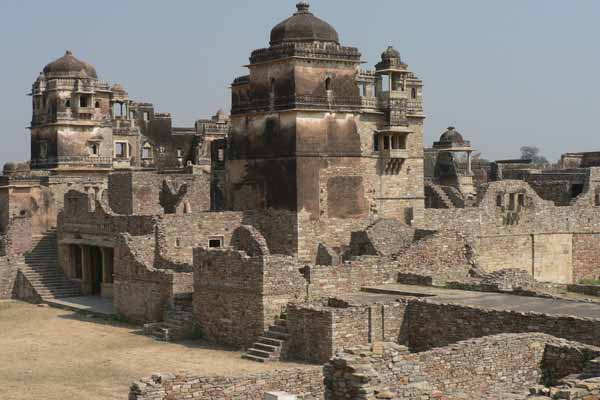
Rana Kumbha Palace has great importance as it is at this place only where Rani Padmini underwent immolation which was witnessed by some 700 followers. The palace stands majestically inside the Chittorgarh Fort and it is here only where Maharana Kumbha lived a royal and a lavish life. Rana Kumbha Palace history dates back to the 15th century. The palace has been built on the using Rajputana architectural style and is made of sandstones. The walls and roofs have been jeweled up by artificial turrets and battlements. The palace also features the canopied balconies.
The most striking part of the Kumbha Palace is the Tripolia gate which will take you to a large courtyard as soon as you enter it. Some other places to visit at the palace are Kanwar Pada Palace, Zenana Mahal, Shiva Temple, Suraj Ghokra, and Diwan-i-am.
The palace has huge importance in Chittorgarh and people visiting Chittorgarh Palace make sure to visit Rana Kumbha Palace. The architecture of the palace is a mix of Rajputana and Rajasthani style and has great importance. Each and every corner of the palace carries some sort of history with it and will take you back to the historical period of Maharana Kumbha and Maharana Udai Singh. Rana Kumbha Palace is a great attraction within the premises of Chittorgarh Fort and one should definitely pay a visit to it.
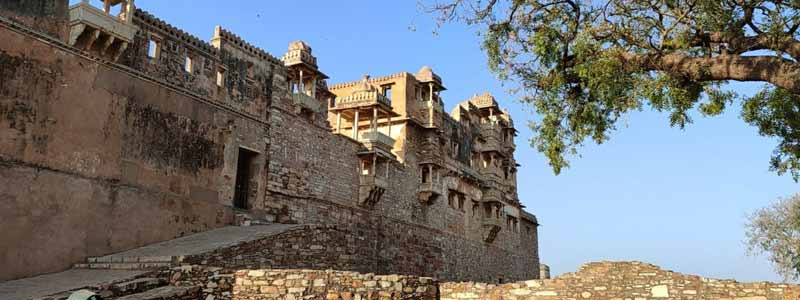
Rana Kumbha Palace History
Rana Kumbha Palace was built on a ruined palace built in the 734 AD. The new palace was built here by the great Maharaja Kumbha from the period of 1433 AD to the 1468 AD. He was known for his art and cultural patronages in Rajasthan’s Mewar Dynasty. This palace was in the attack of Ala-ud-din Khilji of Khilji Dynasty of Northern part of India, in the year 1303 AD.
This attack and capturing of Maharana made the Maharani Padmini and a set of women’s in this palace committed Jauhar a custom in Rajasthan, were the war mans women’s self immolate when their husbands are in war, this is done to safe guard their honor and not to come in trap of the enemies and get harassed by them.
It is said that this kind of Jauhar were committed twice and more than 1000 women’s were charred here by fire. This is also said in the history of this fort that their soul s is still haunting this palace. The great devotee of Lord Krishna named Meera came to its palace temple and worshiped in this place is well known in the history of this fort a palace.
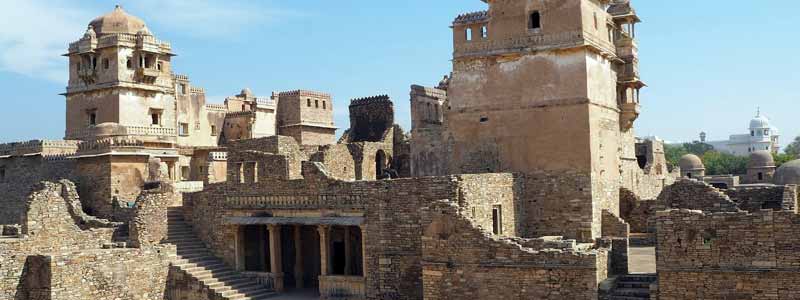
Best Time to Visit
The best time to visit this fort is during the winter season or late autumn. It gets too hot during the spring and summer month and thus it is advisable to avoid the area during those periods.
How To Reach Rana Kumbha Palace, Chittorgarh
By Road: Rana Kumbha Palace is located in the Chittorgarh Fort at a distance of 5 km from center of Chittorgarh on Fort Rd. One can easily reach here by rickshaw, local bus or taxi or by walk.
By Rail: Rana Kumbha Palace is well connected through nearest Chittorgarh Railway station (6 km) to major cities railway stations like Delhi, Agra, Mumbai, Chennai, Bikaner, Pali, Jaipur, Ahmedabad.
By Air: Rana Kumbha Palace can be reach through nearest Udaipur airport (98 km) which is well connected with regular domestic flights to Delhi, Mumbai.


